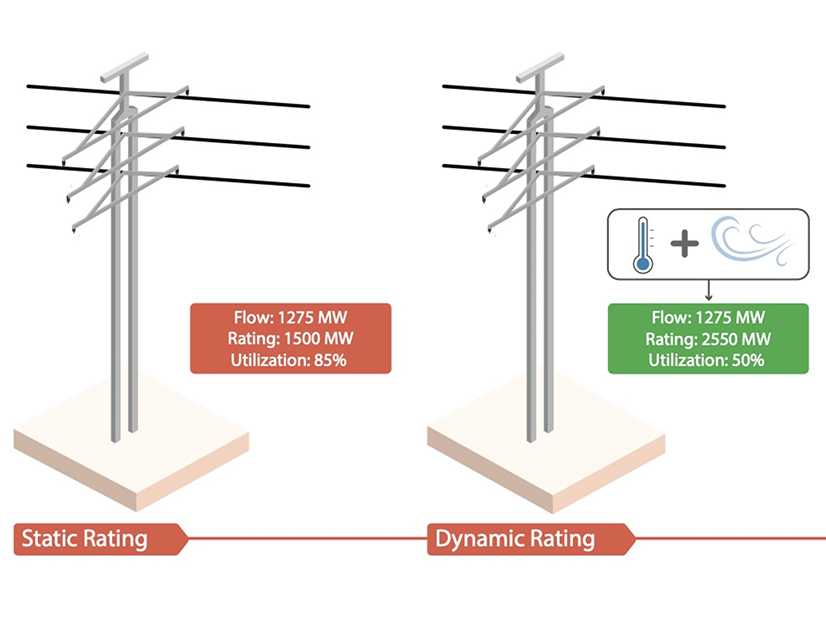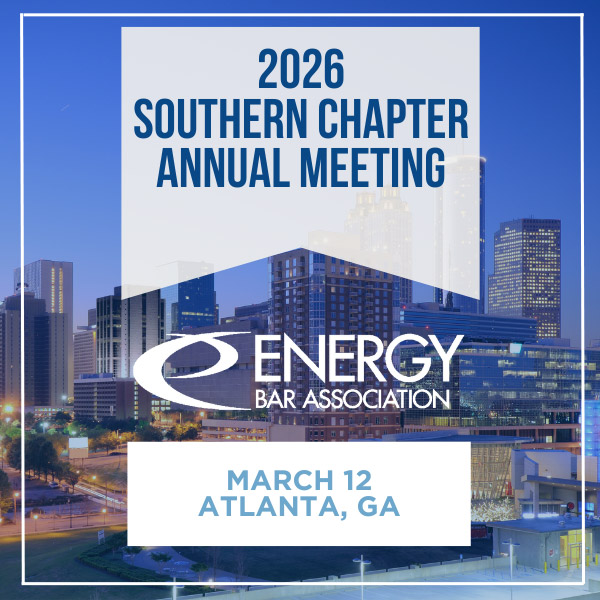FERC Workshop Participants Differ on GETs Incentives

DLR Dynamic Line Ratings: Dynamic Line Ratings is a grid-enhancing technology that European countries have adopted more than has the U.S. | WATT Coalition
Sep 12, 2021
|
Participants at FERC’s workshop on performance-based ratemaking approaches support GETs, but they disagree on how best to foster their adoption.

